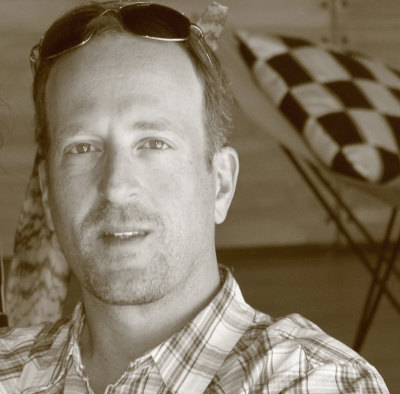First times: Surgeon hooked after first look inside brain
STORY BY DYLAN PAISLEY
The first time Howard Ginsberg saw a dead body he was horrified.
Now a neurosurgeon, Ginsberg was in his first year of medical school at the University of Toronto when he had to practise on a cadaver.
“The normal human reaction is to be sick to your stomach,” said Ginsberg. “The first time med students are introduced to cadavers it is practically sickening.”
A cadaver is a person who donated their body to science, so that medical students can dissect and study the human body.
“It’s more shocking when you’re in medical school and you see a cadaver for the first time,” said Ginsberg. “Then you spend almost an entire year dissecting different parts of the human body.”
During Ginsberg’s second year of medical school, he got to watch his very first surgery. It was a leg amputation. He said it was awful and it would make anyone reconsider surgery.
“Surgery is kind of brutal. It’s not elegant. You are cutting people open,” he said.
There was a silver lining for Ginsberg after he watched the operation: He realized that he did not want to perform any amputations and decided to specialize in brain surgery.
MORE RELATED TO THIS STORY:
During his second year of medical school, Ginsberg finally got into the operating room. He was assisting in removing a brain tumour.
“The patient was face down on the operating table with their head bolted into a frame that was held together by pins,” said Ginsberg. “You look at it and your first thought is this is awful. This is frightening and awful.”
After he got over that initial fear, Ginsberg helped by irrigating fluid, suctioning blood and he even tied sutures. While that may not sound sound like much, it takes years before surgeons actually get to operate by themselves. The surgery was a success, he added.
“You know you realize that one day you’re going to be doing this and you see it for the first time and think wow, that’s unbelievable,” said Ginsberg. “This is something you go home and tell your friends and parents. I did brain surgery today. Even though that in reality, you just held an instrument or squirted some water but you were part of it.”
Ginsberg has been a neurosurgeon for over 10 years. He is currently working at St. Michael’s Hospital and is teaching surgery at the University of Toronto.
“It just seems like a great achievement for mankind that we’re able to do things like this,” said Ginsberg.





